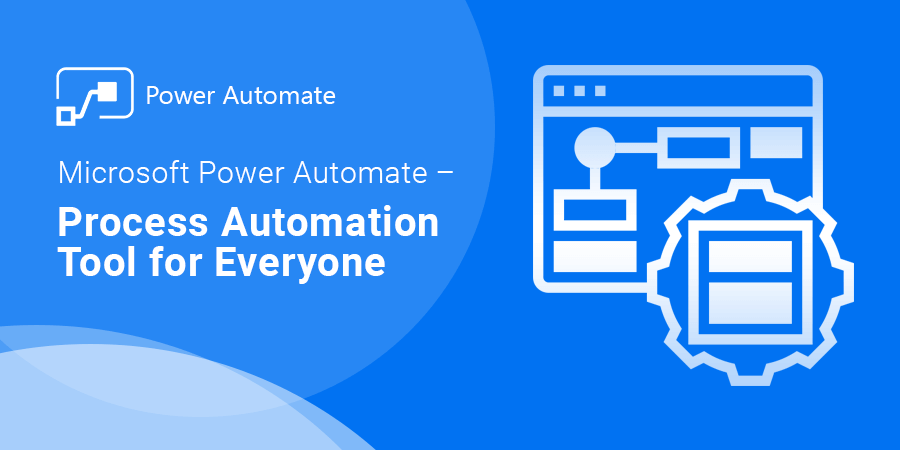
Power Automate (formerly Microsoft Flow) is a cloud-based service that enables businesses to automate their workflows across a variety of apps and services. This helps businesses save time and reduce the potential for errors by automating the manual tasks that are crucial for business operations. Power Automate presents an intuitive drag-and-drop flowchart interface that can reduce the need for technical coding, making it simple for anyone to build automated workflows.
In this blog, we'll cover critical aspects of Power Automate, showcasing how it works, its various features, and how it can benefit your business.
1. Introduction to Power Automate
First, let's look at what Power Automate is. Power Automate is a cloud-based service that provides businesses with the ability to automate workflows and applications. With Power Automate, companies can create automated routine tasks, which would help save time and reduce the potential for errors.
2. The Basic Building Blocks of Power Automate
When creating automated workflows, Power Automate provides several building blocks (called connectors), enabling it to interact with over 250 data sources to automate such as Outlook, Excel, SharePoint, Dropbox, and more. It also provides a wide range of triggers options, making it possible to customize and automate workflows that can provide reliable results.
3. The Advanced Features of Power Automate
Power Automate offers several additional capabilities that streamline the development of customized business applications. For instance, the 'Approvals' feature allows you to create an approval flow that captures and logs approvals to facilitate tracking. Moreover, the 'Parallel branches' feature enables you to distribute workflows across various automated workflows for parallel processing of multiple data.
4. How to Build Automated Workflows in Power Automate
Building workflows in Power Automate is simple and straightforward. The service uses a "Trigger" + "Action" model to develop custom workflows. Triggers are a specific kind of event that initiates the automated workflow. With Power Automate, users can typically choose from one of three triggers, When a record is created, When a record is modified, and When a form is opened. Once you set the trigger, you can then define the action to occur when the trigger activates.
5. Integration with Other Applications
Power Automate integrates seamlessly with other Microsoft applications like Office 365, as well as non-Microsoft apps like Twitter, Google Drive, and Salesforce. The broad compatibility of the service allows you to automate entire workflows, even if some processes occur outside of Microsoft 365 environments.
6. The Benefits of Power Automate to Your Business
By using Power Automate, organizations can achieve operational efficiency, providing faster reaction times, reduce human errors by automating routine tasks. Additionally, Power Automate's ability to connect various data sources, it can provide teams with a more comprehensive view of the operations of the organization, promoting the timely resolution of issues.
In conclusion, Power Automate is a flexible and powerful tool that can automate and integrate business workflows and save time for team members to focus on tasks that require more effort. The ease of use, coupled with its integration richness with several data sources and Microsoft applications, make it a valuable tool, especially for those using Microsoft 365 applications. By leveraging Power Automate, businesses can streamline their workflow processes and reduce operating costs ultimately.
Comments (0)
Categories
Recent posts


Ethiopia University Exit Exam: What You ...
27 Jun 2023
Grade 12 Exam Preparation Ethiopia | ...
18 Mar 2025
How to Make Money Online in Ethiopia | ...
18 Mar 2025




